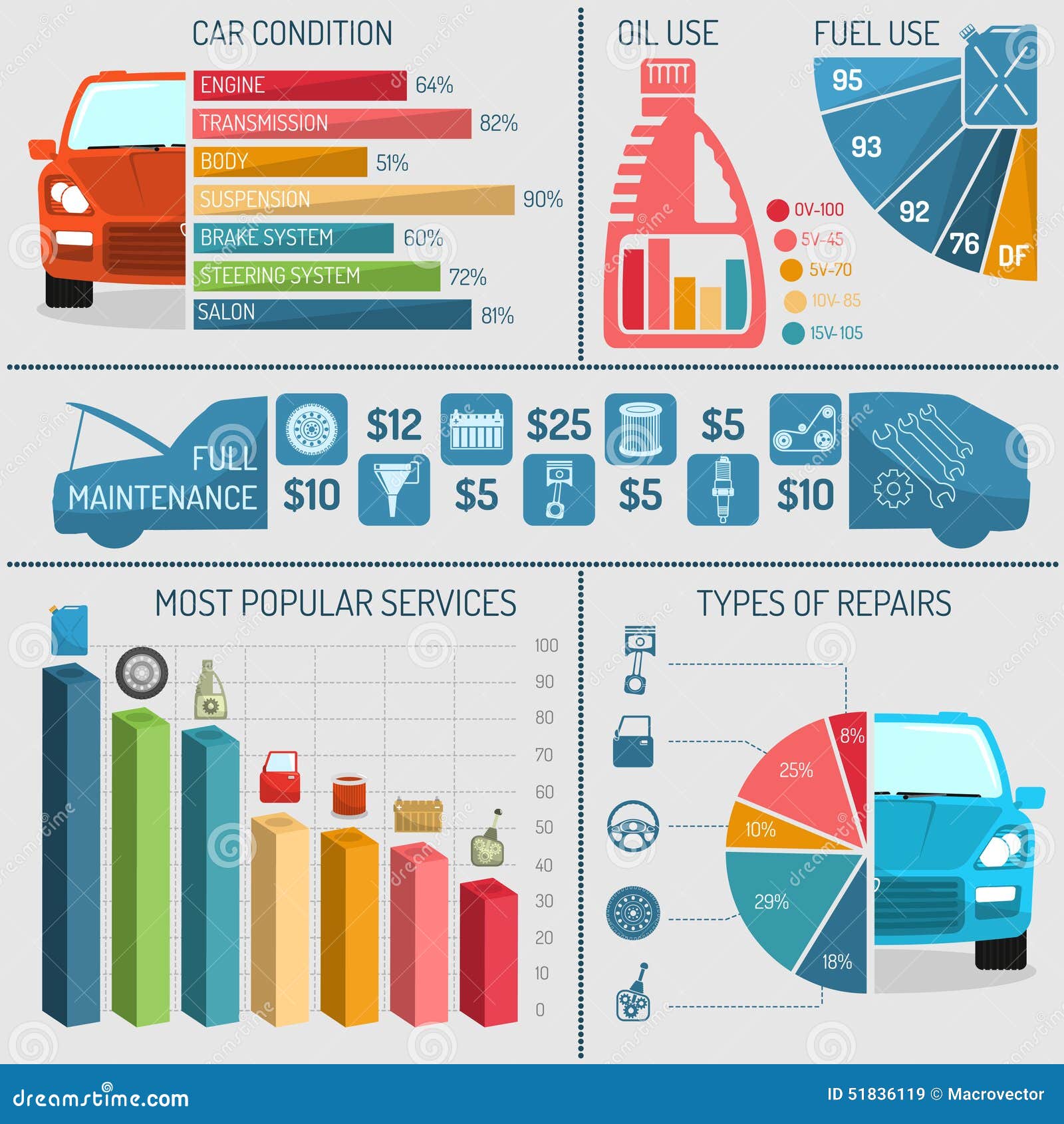Understanding Your Car'S Warning Lighting: What Do They Really Mean?
Understanding Your Car'S Warning Lighting: What Do They Really Mean?
Blog Article
Writer-Samuelsen Forbes
When you're behind the wheel, those radiant caution lights on your dashboard can be a bit difficult. Do you know what they're attempting to inform you regarding your car's health? Comprehending the importance of these lights is vital for your safety and security and the longevity of your vehicle. So, carundercarriagesteamclean following time one of those lights turns up, wouldn't you want to understand its message precisely and take the necessary steps to address it?
Common Caution Lighting and Interpretations
Determine usual caution lights in your auto and recognize their meanings to make sure secure driving.
The most common warning lights include the check engine light, which signifies problems with the engine or exhausts system. If this light comes on, it's important to have your vehicle inspected promptly.
The oil pressure alerting light shows reduced oil stress, calling for instant attention to avoid engine damage.
A flashing battery light might recommend a faulty billing system, possibly leaving you stranded if not resolved.
The tire pressure monitoring system (TPMS) light notifies you to low tire pressure, influencing vehicle security and fuel efficiency. Ignoring this could bring about hazardous driving problems.
The abdominal light shows a trouble with the anti-lock braking system, endangering your ability to stop swiftly in emergency situations.
Last but not least, the coolant temperature advising light warns of engine getting too hot, which can cause extreme damages otherwise solved quickly.
Understanding just click the next website page will help you resolve problems without delay and maintain risk-free driving problems.
Relevance of Prompt Focus
Comprehending the typical caution lights in your auto is only the first step; the importance of quickly attending to these warnings can't be stressed enough to ensure your safety and security when traveling.
When a caution light brightens on your control panel, it's your car's method of communicating a possible issue that needs interest. Disregarding these warnings can bring about extra extreme issues later on, jeopardizing your safety and potentially costing you more out of commission.
Prompt focus to advising lights can prevent malfunctions and mishaps. As an example, a flashing check engine light might show a misfire that, if left ignored, might cause damage to the catalytic converter. Resolving this immediately can conserve you from a costly repair service.
In a similar way, a brake system cautioning light might signal reduced brake liquid or worn brake pads, important parts for your safety when driving.
Do It Yourself Troubleshooting Tips
If you observe a caution light on your control panel, there are a few do it yourself fixing pointers you can try prior to looking for expert help.
The primary step is to consult your cars and truck's manual to comprehend what the specific warning light shows. In some cases the problem can be as straightforward as a loose gas cap activating the check engine light. Tightening the gas cap may solve the problem.
An additional usual issue is a reduced battery, which can trigger numerous cautioning lights. Examining the battery connections for rust and ensuring they're protected might deal with the trouble.
If a caution light continues, you can try resetting it by disconnecting the vehicle's battery for a few mins and then reconnecting it. Furthermore, examining Read the Full Report , such as oil, coolant, and brake fluid, can aid troubleshoot alerting lights associated with these systems.
https://freeecutuningsoftware28495.dailyhitblog.com/36668339/how-to-discover-a-trustworthy-automobile-service-center-in-your-location , comprehending your cars and truck's caution lights is vital for maintaining your automobile running smoothly and safely. By quickly dealing with these alerts and knowing what they mean, you can prevent expensive fixings and potential breakdowns.
Keep in mind to consult your auto's manual for specific information on each alerting light and do something about it accordingly to guarantee a trouble-free driving experience.
Stay educated, stay safe when driving!
